SkooterG
Purveyor of Crooked Facts
Why reinvent the wheel, mount it where your stock adjustment lever was mounted?
It don't work that way.

Why reinvent the wheel, mount it where your stock adjustment lever was mounted?
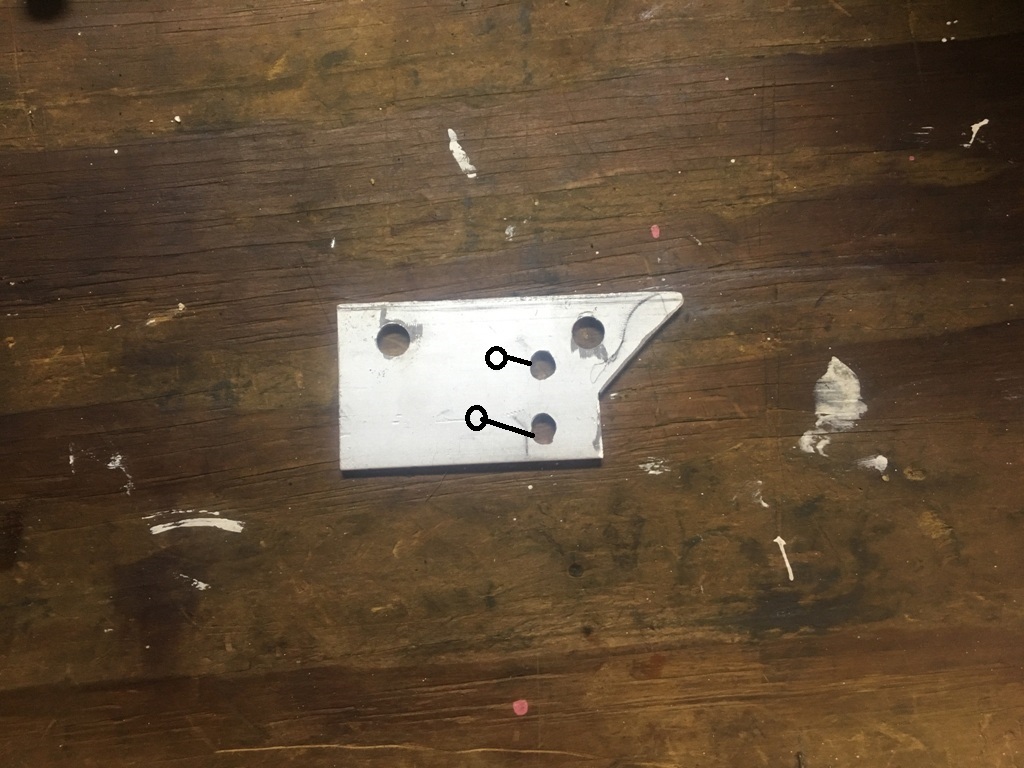
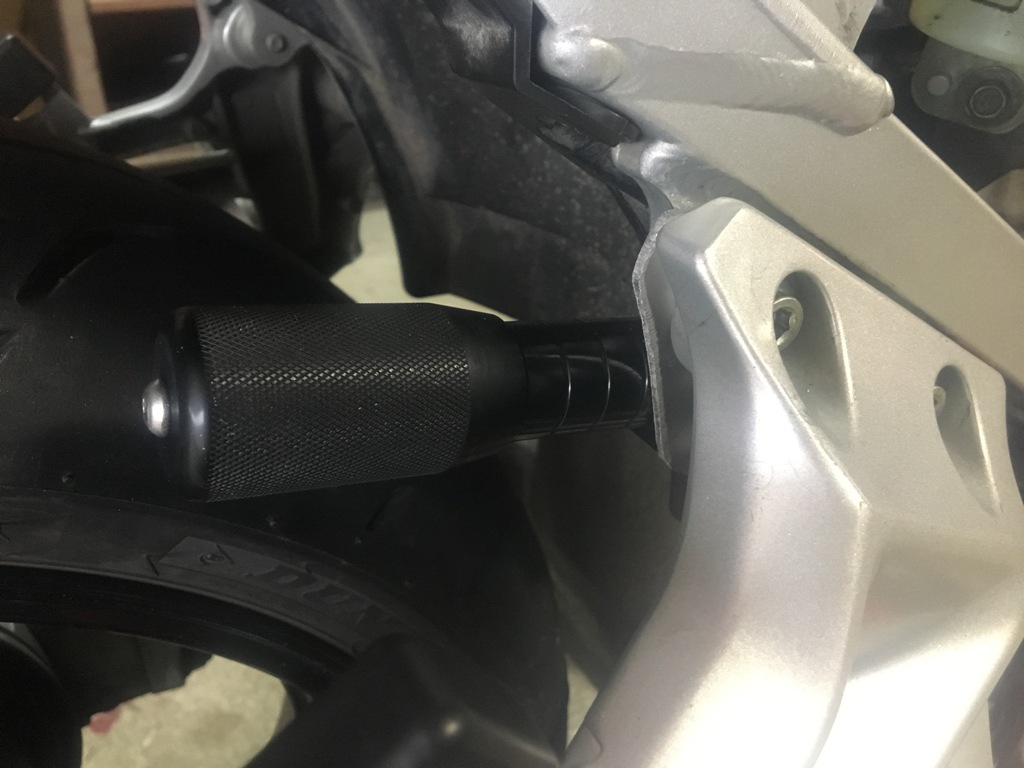
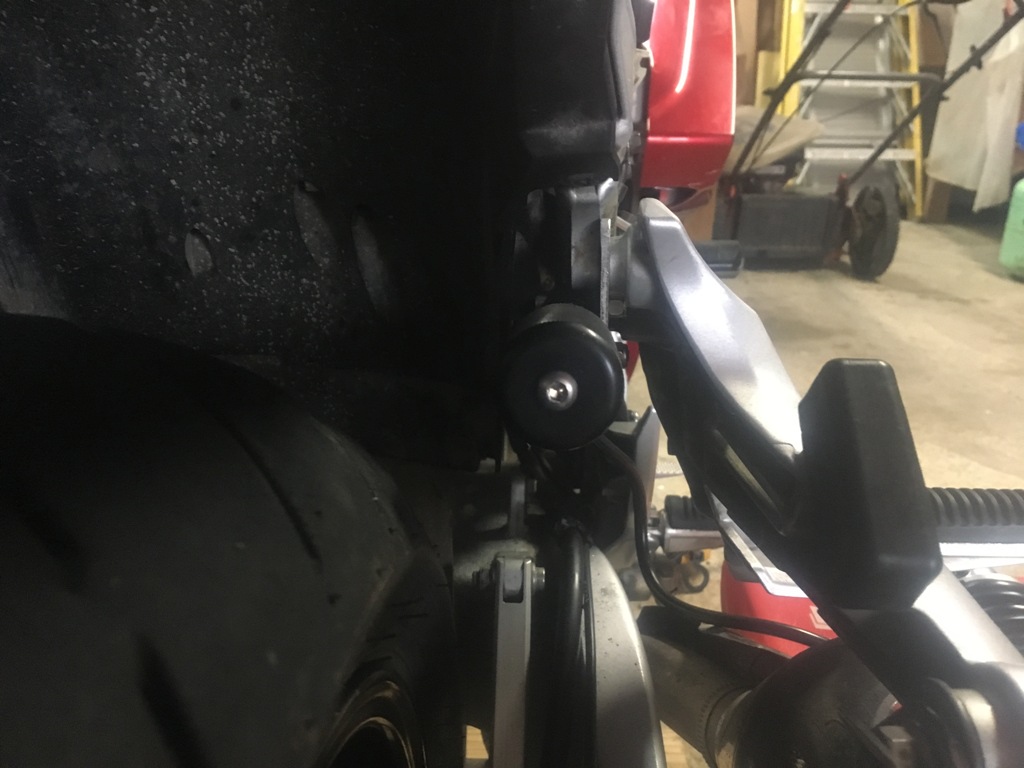
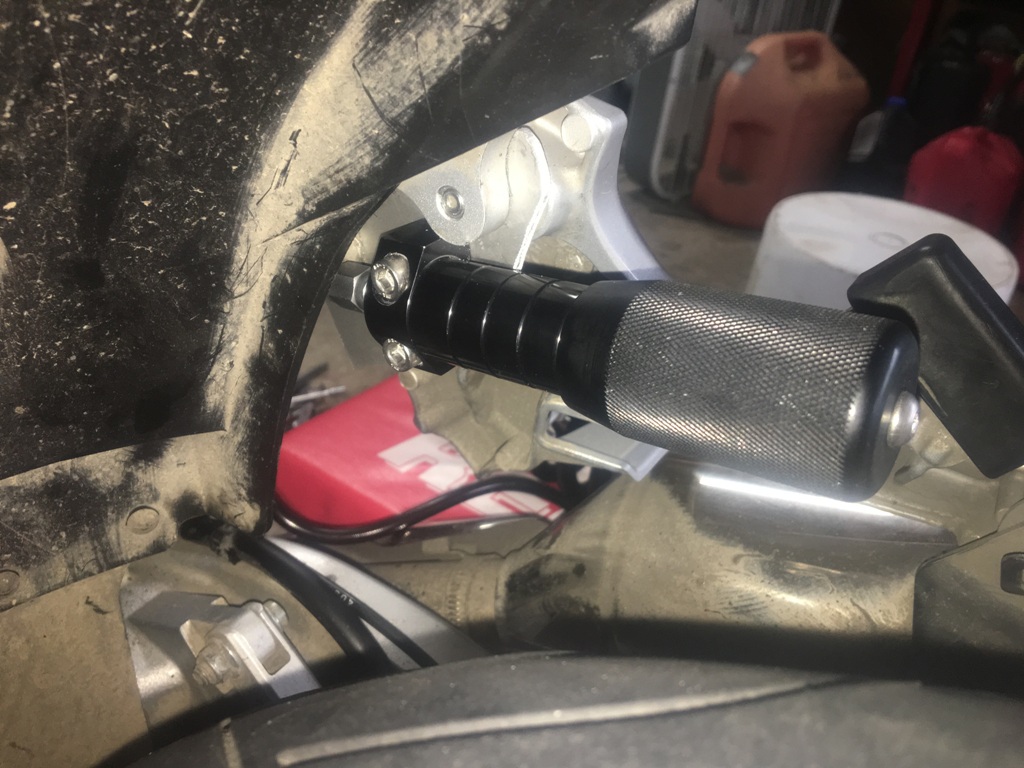
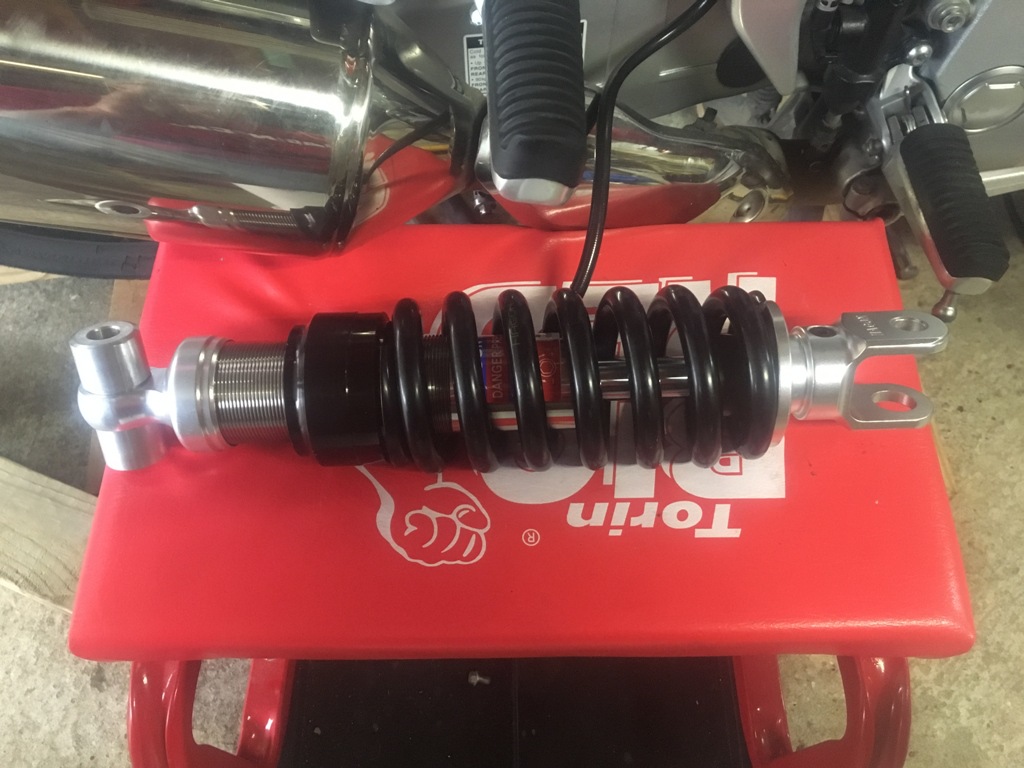
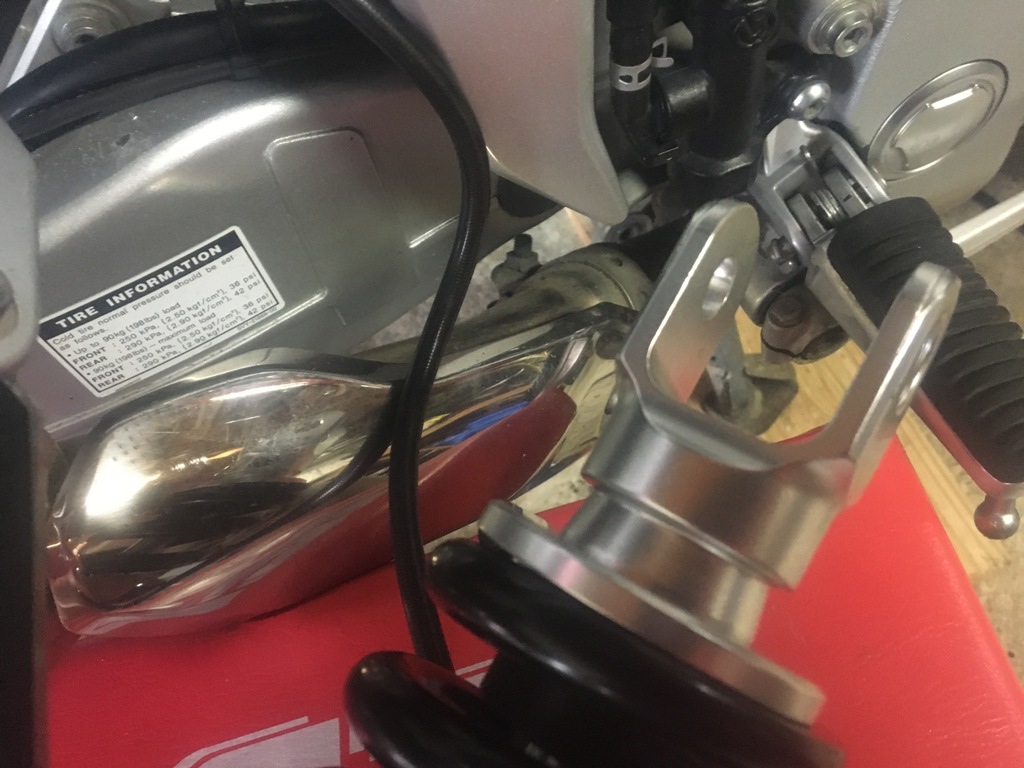
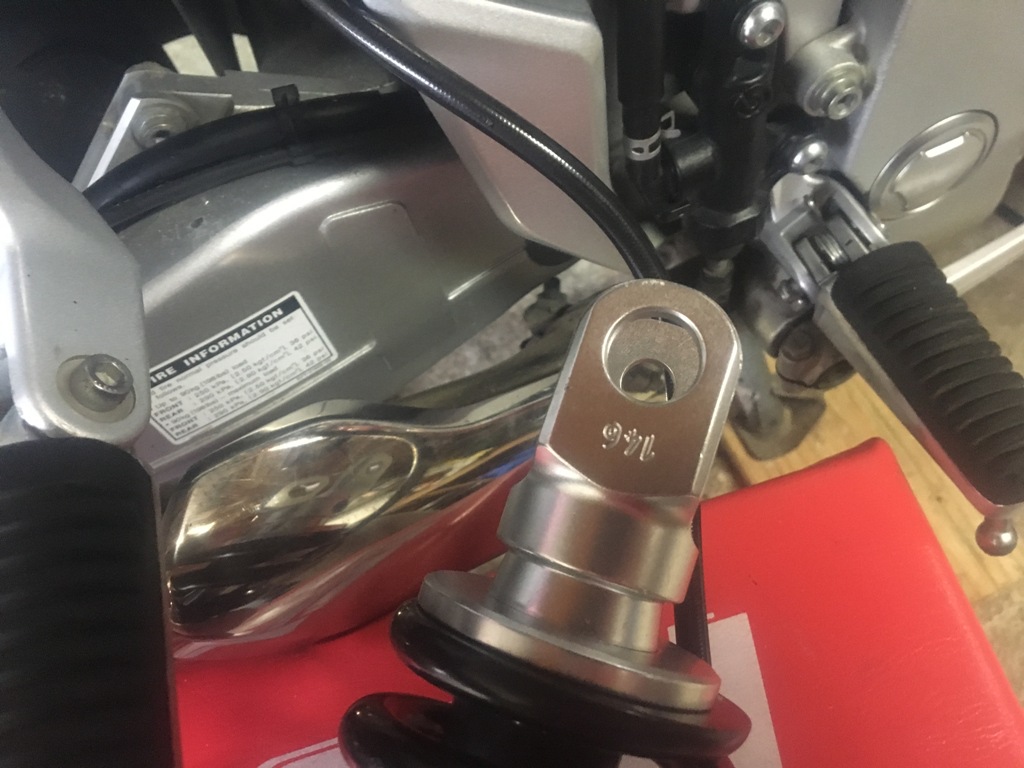
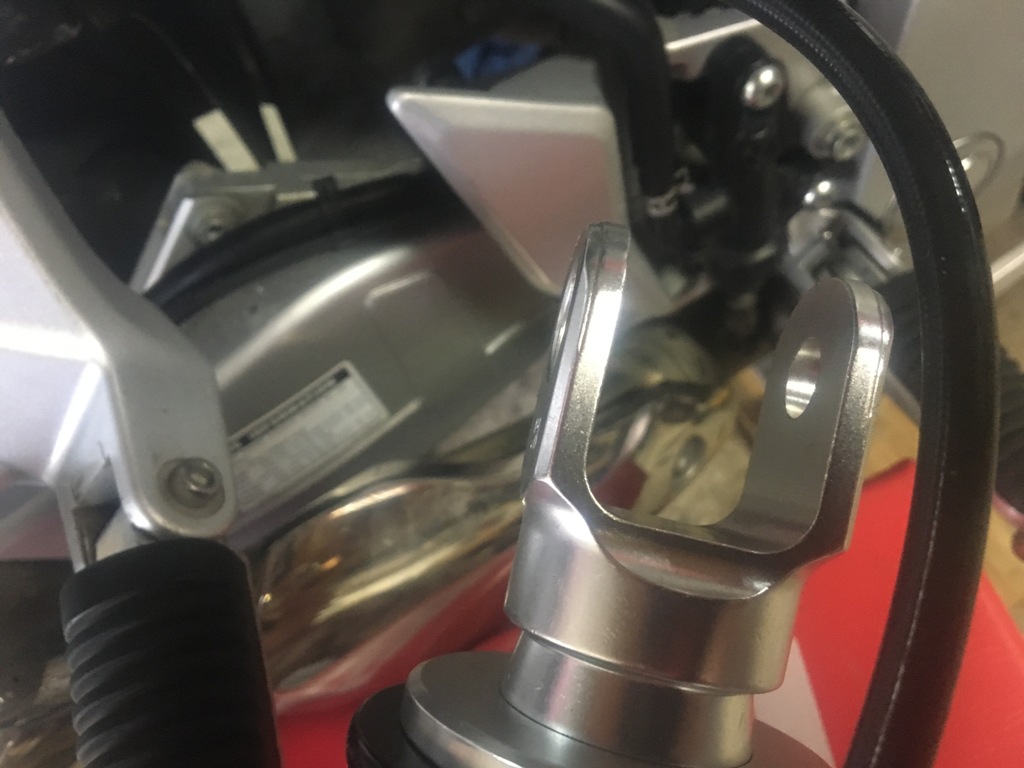
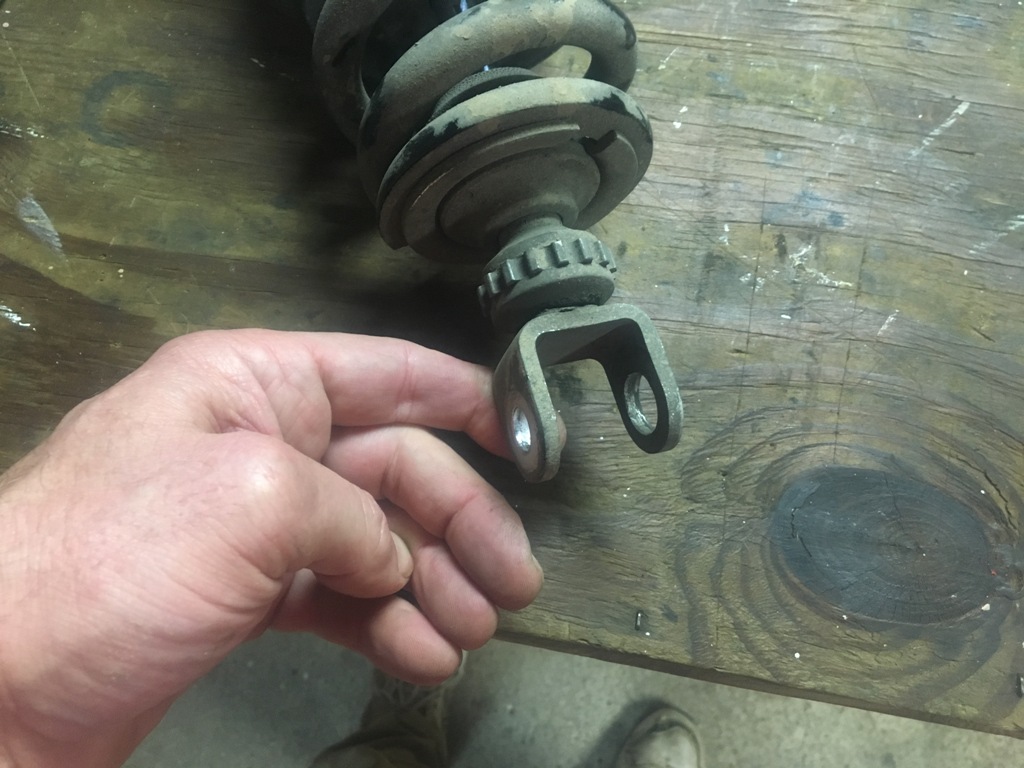

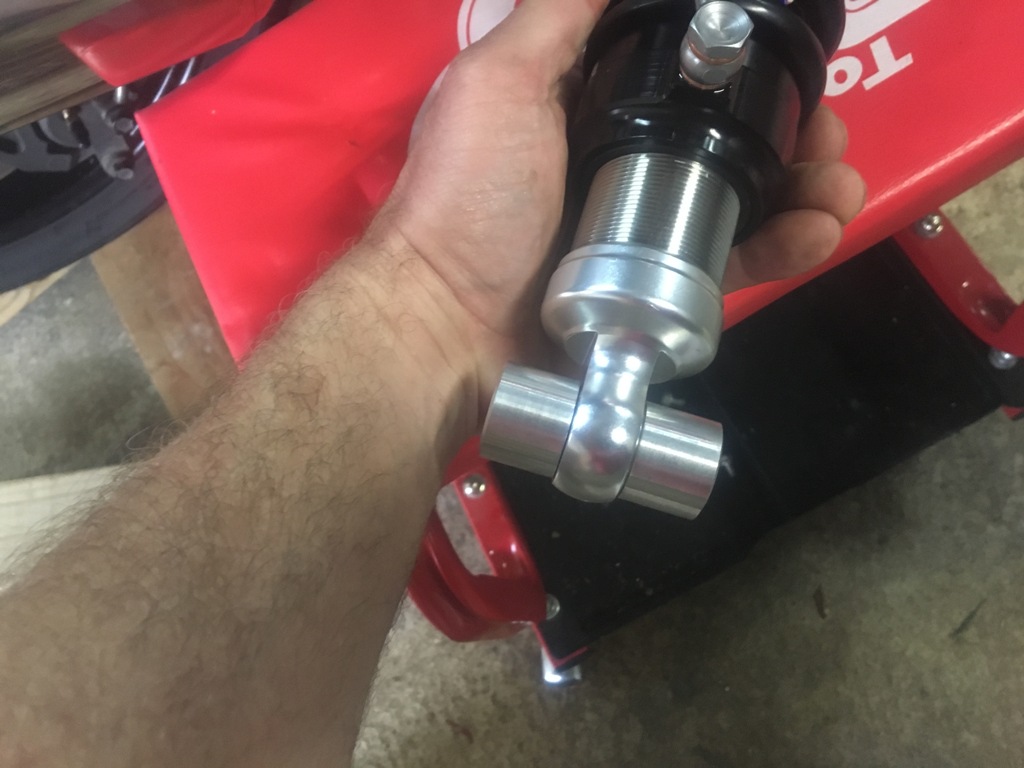










The Wilbers is undersprung even if you tell them your weight and passenger weight, or are you referring to an off the shelf shock that is not set up for the customer specifically?I have owned 5 aftermarket shocks and ridden at least a dozen others. My emphasis is on ride quality at speeds within 20 mph of the posted speed limits and my impressions are as follows:Wilbers....high quality shock that comes very under sprung even for solo riders that requires way too much preload to achieve the desired sag and ride height. Can be fixed with an appropriate spring but then needs to be revalved to match the spring.
Ohlins....high quality shock but you pay a heavy price for the imitation gold plating. Damping is one size fits all and about half need to be revalved to get a quality ride. Good choice for a track bike, not so good for every day riding unless you revalve.
Penske...high quality shock that is custom made for the rider and seldom needs to be revalved. Very easy to rebuild and the owner can change the spring in his garage without a spring compressor...its even possible to change the spring without removing the shock. Lots of maunual preload adjustment if riding 2-up. The double adjustable with a remote reservoir is the most bang for the buck.
Hagon...owned by Wilbers but less expensive with lower build quality. Not recommended for a FJR when other options are available.
Yamaha GEN3 shock...definitely the most bang for the buck with a ride quality that is the equal of the Penske and cost that is less than a Hagon. Its not rebuildabe but for $400 who cares when a 10-20k rebuild on the others will normally cost at least $200. The only downside for the GEN3 shock is that the springs, even in the hard position, are a bit under sprung for 430 lb loads and there isnt any way to add preload.
I should mention that when I bought my 13A I also owned a 08 FJR wth a Wilbers shock that had been re-sprung and GP suspension front forks and a C14 with a Penske shock and fully adjustable ZX-14 forks. I felt both bikes were equal in ride quality to anything else I had ridden but the bone stock 13A was just as good, if not slightly better than either. It was a tough decision whether to sell the 08 with the aftermarket suspension or to transfer the aftermarket parts to the 13A. I decided not to transfer the parts but probably would have if the shock had been a Penske rather than the Wilbers (which really needed a revalve to better match the heavier spring I had installed).
I was referring to a Wilbers that was custom made for the riders weight and riding style. Wilbers seems to think that you should compensate for additional weight by adding base preload rather than increasing spring size.The Wilbers is undersprung even if you tell them your weight and passenger weight, or are you referring to an off the shelf shock that is not set up for the customer specifically?I have owned 5 aftermarket shocks and ridden at least a dozen others. My emphasis is on ride quality at speeds within 20 mph of the posted speed limits and my impressions are as follows:
Wilbers....high quality shock that comes very under sprung even for solo riders that requires way too much preload to achieve the desired sag and ride height. Can be fixed with an appropriate spring but then needs to be revalved to match the spring.
Ohlins....high quality shock but you pay a heavy price for the imitation gold plating. Damping is one size fits all and about half need to be revalved to get a quality ride. Good choice for a track bike, not so good for every day riding unless you revalve.
Penske...high quality shock that is custom made for the rider and seldom needs to be revalved. Very easy to rebuild and the owner can change the spring in his garage without a spring compressor...its even possible to change the spring without removing the shock. Lots of maunual preload adjustment if riding 2-up. The double adjustable with a remote reservoir is the most bang for the buck.
Hagon...owned by Wilbers but less expensive with lower build quality. Not recommended for a FJR when other options are available.
Yamaha GEN3 shock...definitely the most bang for the buck with a ride quality that is the equal of the Penske and cost that is less than a Hagon. Its not rebuildabe but for $400 who cares when a 10-20k rebuild on the others will normally cost at least $200. The only downside for the GEN3 shock is that the springs, even in the hard position, are a bit under sprung for 430 lb loads and there isnt any way to add preload.
I should mention that when I bought my 13A I also owned a 08 FJR wth a Wilbers shock that had been re-sprung and GP suspension front forks and a C14 with a Penske shock and fully adjustable ZX-14 forks. I felt both bikes were equal in ride quality to anything else I had ridden but the bone stock 13A was just as good, if not slightly better than either. It was a tough decision whether to sell the 08 with the aftermarket suspension or to transfer the aftermarket parts to the 13A. I decided not to transfer the parts but probably would have if the shock had been a Penske rather than the Wilbers (which really needed a revalve to better match the heavier spring I had installed).
Hey Pants, do you have a model number for the one you bought?Update - 2/2/19
First, I emailed Yamaha Customer Service and learned that the only reason the OEM shock part number has changed is because they have changed supplier for the manufacturer of the part. Otherwise, and more importantly technically, the shock is exactly the same.
Secondly, I've purchased a shock from Hagon over on the other end of the pond. They will spring it to start at my rider weight on the low end of the adjustment, and I will be able to add about 160 pounds (or whatever the KG equivalent is) on the high end of the hydraulic adjustment, which should cover my range of load expectations. It has compression and rebound adjustment (both accessible from the bottom of the shock. Comes with a 2 year guarantee and it is rebuildable.
Cost converted from Pounds Sterling comes to $530.00 shipped to my house. It will take a week for them to build it, and another week for them to ship it to me via UPS. Incidentally, I discovered that one of my credit cards has zero currency conversion fees.
It's a bit of a risk, as I have not yet met anyone in the States that has this shock on their FJR. But apparently Hagon is huge overseas and are highly regarded as a reputable company. We'll see how it goes and report back.
I got my Wilbers from Ted Porter's Beemer Shop, and it's sprung perfectly. Great shock. At 200 lbs geared up, a gen II spring is WAY too soft, and a Gen III shock is better, but still too soft. The Hagon looks promising; can't wait for hppant's review.The Wilbers is undersprung even if you tell them your weight and passenger weight, or are you referring to an off the shelf shock that is not set up for the customer specifically?
I purchased the M62087H unit with the hydraulic preload adjuster. Hagon confirmed that shock will fit any Yamaha FJR with a with a JYARP frame prefix on the S/N. Measurements are:Hey Pants, do you have a model number for the one you bought?
Thanks!
Nice. Does anyone rebuild them in North America? Parts availability?...Cost was about $540.00 shipped. Current cost might vary very slightly because of the currency exchange.
Comes with a two year warranty. As far as I know, the others are only warrantied for one year.
Service was excellent by the way.
Enter your email address to join: